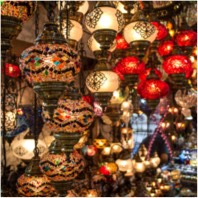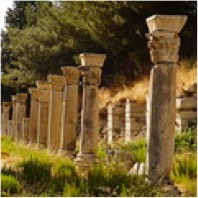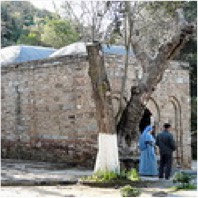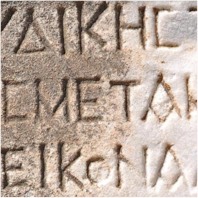Ephesus Archaeological Museum

The Ephesus Archaeological Museum is located in Selcuk, near the entrance to the Basilica of St. John. The museum rooms display excavations from the ancient city of Ephesus, the nearby Temple of Artemis and the Basilica of St. John. In Ephesus, the works of art dug up between 1867-1905 were transported to the British Museum, those from 1905-1923 taken to Vienna. Then Turkish Republic forbade taking antiques out of the country and founded a museum in Selçuk near Ephesus.Its present form was given in 1983.
The Ephesus Museum is not designed according to chronological order on the contrary it has rooms with a theme. For example the rooms are called as The House Findings Room, The Hall of The Fountain Relics, The Hall of The Funerary Relics, The Hall of Artemis, The Gladiators Section...
Highlights include two colossal statues of the Ephesian Artemis. Both statues feature rows of bull testicles, thought to be breasts or eggs, but all symbolically related to the idea of fertility.
Among other works of art, you will see household items, including the bronze statue Eros with the Dolphin from a 2nd-century fountain and a faded 3rd-century fresco of Socrates. The fresco indicates the importance of philosophy in the daily life of the citizens. Here is also exhibited the original phallic statue of Bes, attached to an exaggerated erect penis. Of Egyptian origin, Bes was the protector of everything associated with motherhood achildbearing.
During the Roman Empire, Ephesus housed an important school ofmedicine. You will find in the museum a collection of medical and cosmetic tools along with a wall of portraits of several famous Ephesian physicians.
Recovered from several monumental fountains are a representation of a headless Aphrodite and a head of Zeus dating to the 1st century AD. From the Fountain of Trajan are a statue of a youthful Dionysus with a satyr, and statues of Dionysus with members of the imperial family.
Many artifacts are displayed in the courtyards, including
- the pediment from the Temple of Augustus (Isis Temple), reassembled with statues that had been moved to the pool of the Fountain of Pollio after the destruction of the temple
- the Sarcophagus with Muses, dating to the 3rd century AD.
- The Ephesus Monument, inscribed with the Customs regulations as issued by Emperor Nero in 62 AD and detailing the process of tax collection, typically undertaken by a third party, rather than as a state activity.
The final room contains sculptures from Roman times, mostly overshadowed by a frieze recovered from the Temple of Hadrian (sections of which are in Vienna). The frieze narrates the founding of Ephesus, the birth of the cult of Artemis, and the flight of the Amazons.
Ephesus Tours from Kusadasi Cruise Port
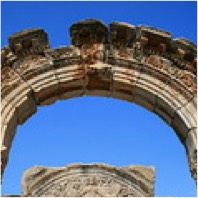
Ephesus + Temple of Artemis
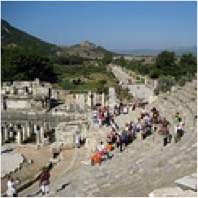
Ephesus + Temple of Artemis + Archeological Museum
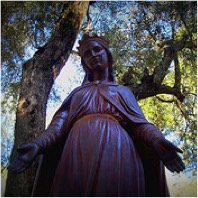
Ephesus + Temple of Artemis + House of Virgin Mary
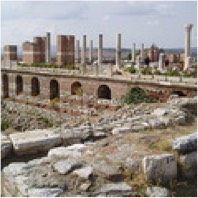
Best of Ephesus Tour

Ephesus + Artemis + House of Virgin Mary + Sirince Village
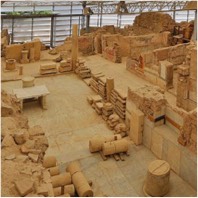
Ephesus + Temple of Artemis + Sirince + Terrace Houses
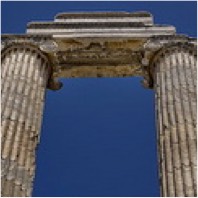
Ephesus + Miletus + Didyma
